As part of UMTC’s ongoing commitment to excellence in maritime training and practices, Managing Director Donald Bautista recently undertook a benchmarking visit to the Sharjah Maritime Academy (SMA) in the United Arab Emirates.
His visit, along with industry partners from Marlow Navigation, Christian Fuehrs (Commercial Director), Radostin Petrov (Senior Crewing Superintendent), and Qais Al-Zadjali (Mena Marlow Managing Director), aimed to explore potential collaborations in both training and crewing, aligning with the center’s mission to raise global maritime standards.
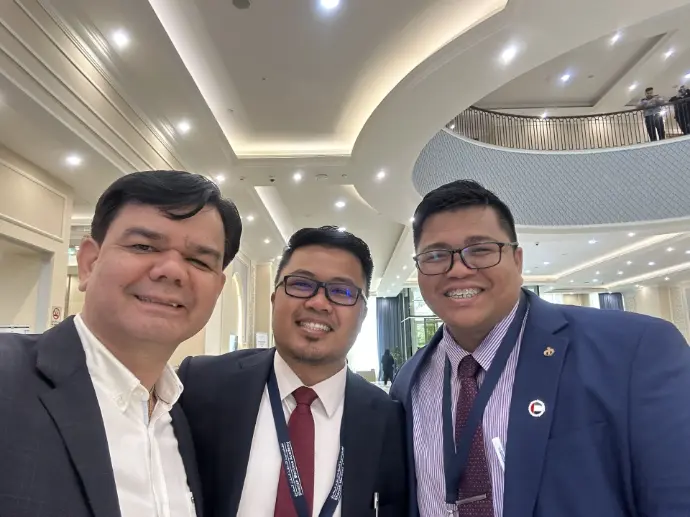
Upon their arrival on 26 February, the delegation was warmly received by Cadet Training Manager Dan Tolentino and Cadet Training Officer Joe Jurado—proudly former Marlow cadets in the Philippines. In the meeting room, they were joined by key figures in SMA’s leadership: Prof. Syamantak Bhattacharya (Provost & Vice-Chancellor, Academic), Mr. Giuseppe Saieva (Director of Training & Commercial Development), and Capt. Nadeem. Shortly after, the discussion was further enriched by the presence of Dr. Hashim Alzaabi, the Chancellor of SMA.
The meeting was the perfect opportunity to exchange insights on the visit’s aim of identifying areas for cooperation, particularly in cadetship programs and training initiatives. Bautista delivered an insightful presentation on UMTC, while Fuehrs showcased Marlow Navigation.
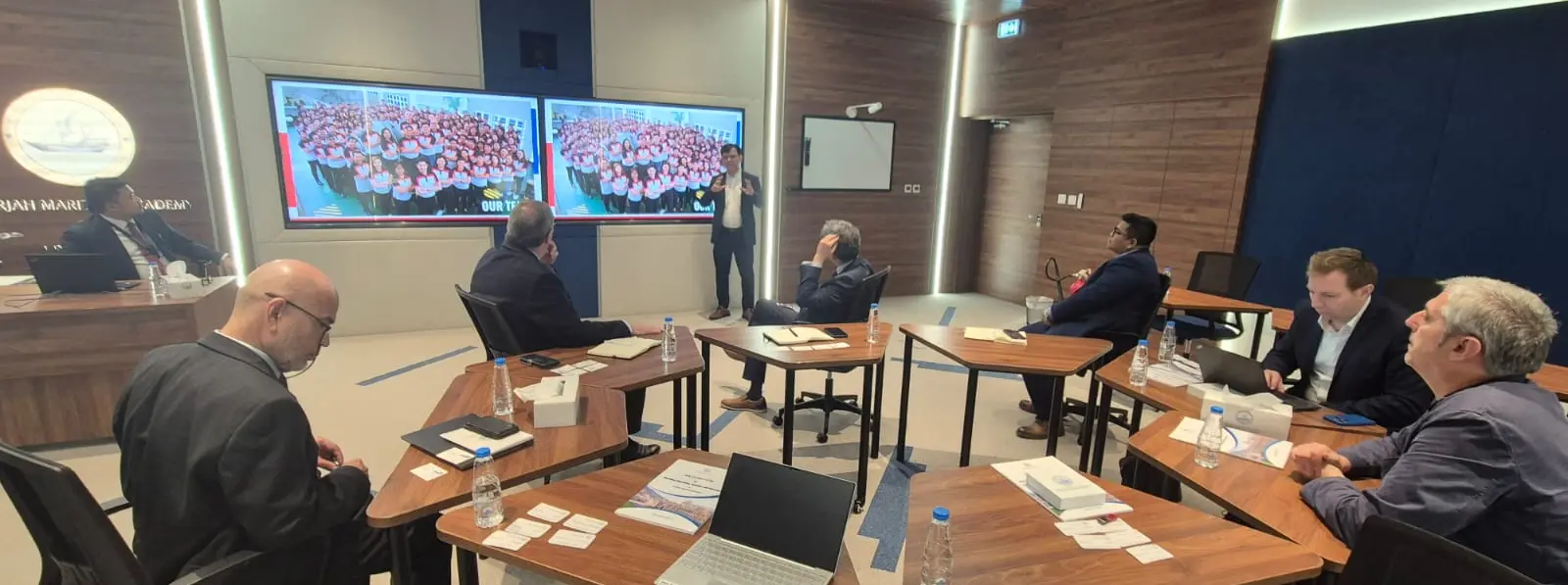
The discussions revealed the academy’s commitment to ensuring the timely deployment of at least 80 cadets per batch, a goal set by their government. To guarantee cadet placement, their dedication extends to covering logistics, including transportation, accommodation, and even onboard allowances. This underscores their ambition to position SMA as a premier global center for maritime studies.
Following the discussion, the delegation goes on board on a comprehensive tour of SMA’s state-of-the-art facilities. The campus proudly presented some of the most advanced maritime training equipment available today. From operational lathe machines and welding stations to fully functional engine rooms, the scale and quality of the academy’s resources set a new benchmark. Among the most impressive features were their cutting-edge simulators, including Dynamic Positioning (DP) simulators, ECDIS, Virtual Reality (VR) training modules, Marine High Voltage labs, and an Engine Room simulator.
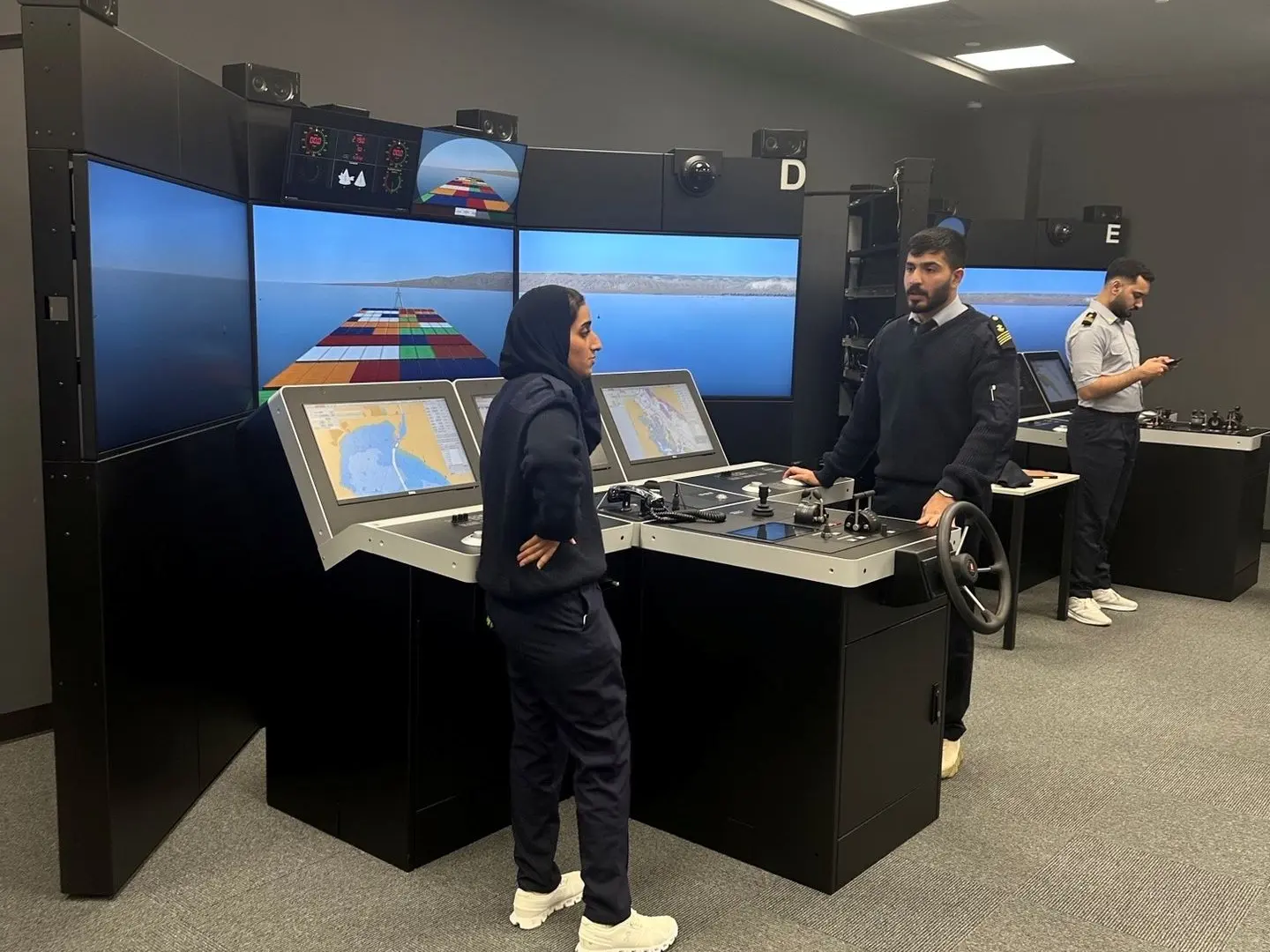
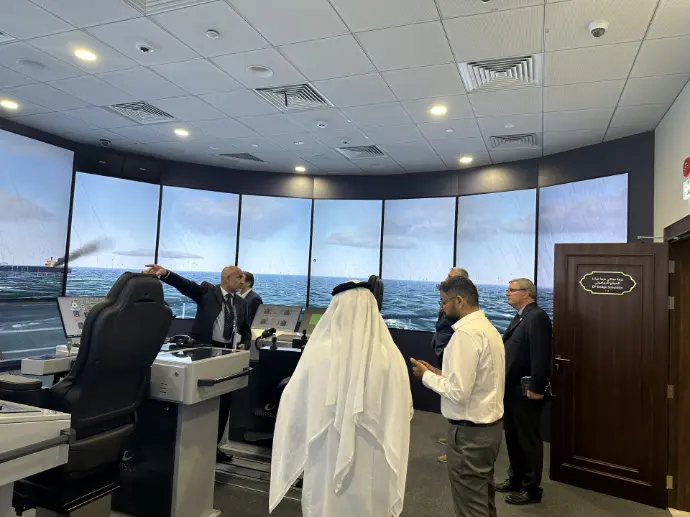
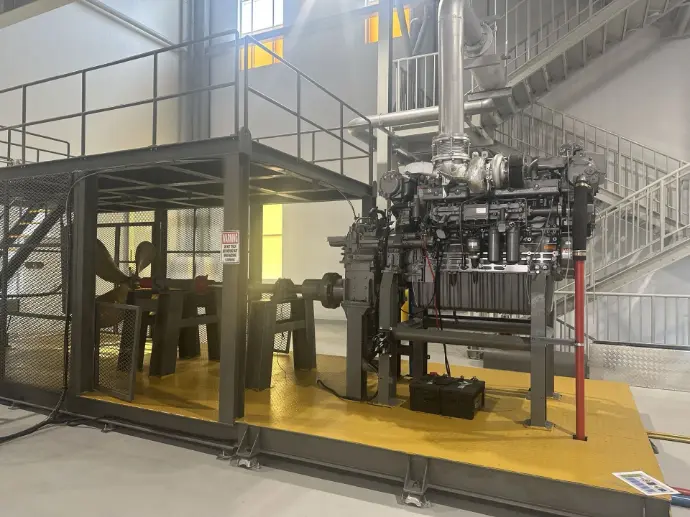
A standout highlight of the visit was SMA’s advanced firefighting training facility. It enables remote-controlled manipulation of fire and smoke levels, providing a highly realistic and controlled training environment that ensures safety and fosters an immersive learning experience.
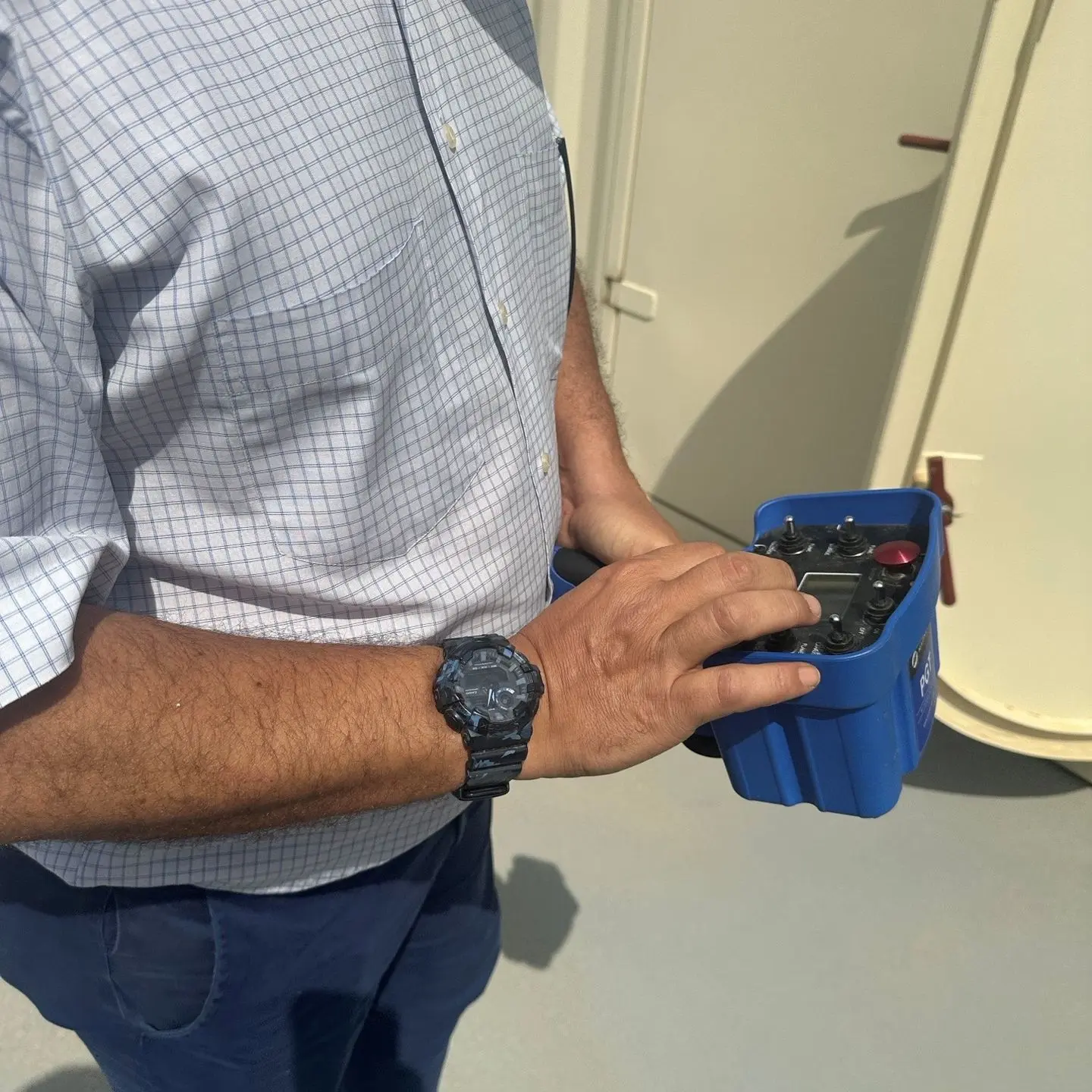
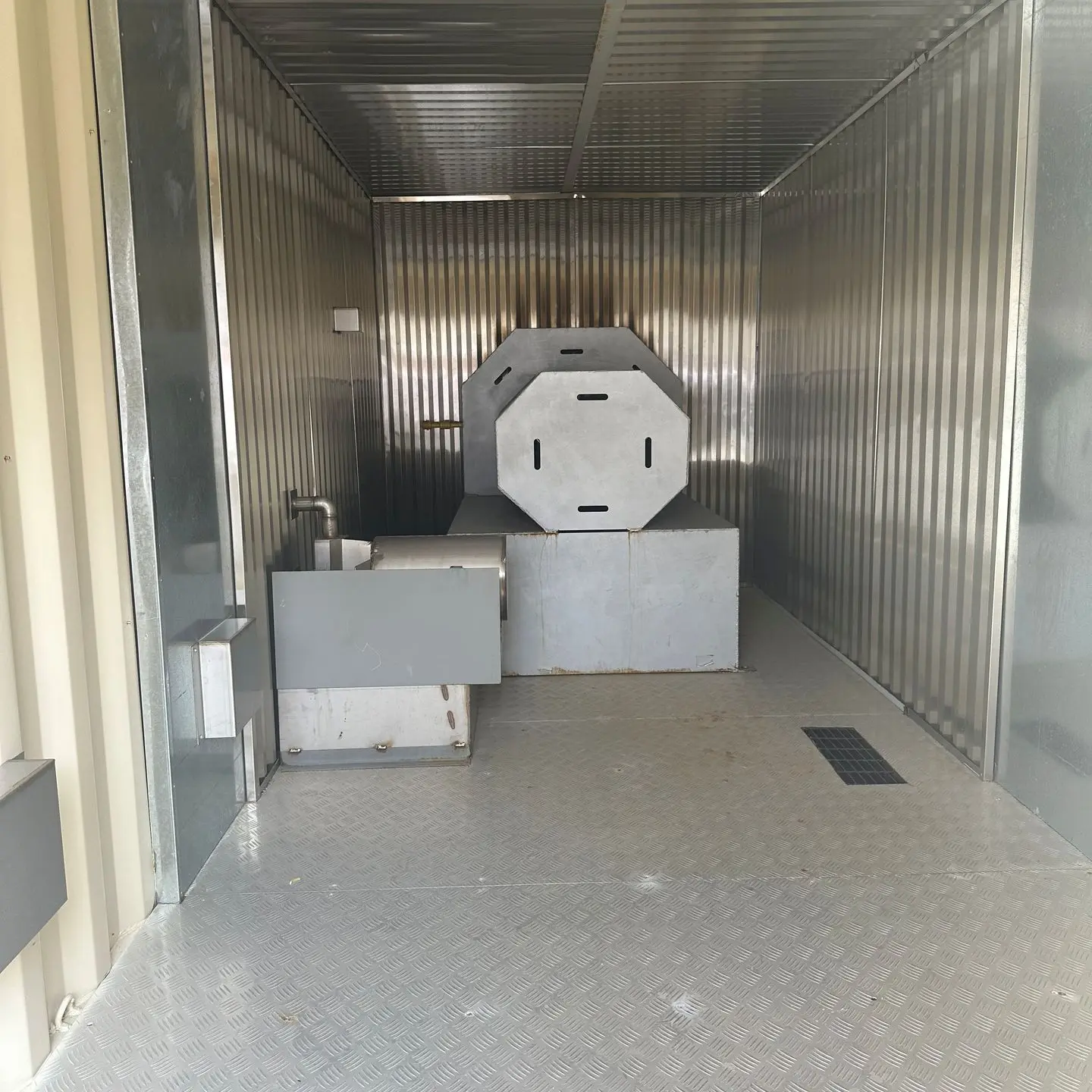
The visit also facilitated meaningful discussions on collaborative opportunities, including faculty immersion programs, benchmarking site visits, and the exchange of best practices between institutions. Such initiatives would enhance training methodologies and strengthen the global network of maritime education.
With its expansive facilities, high-caliber instructors, and unwavering commitment to innovation, SMA has set a remarkable standard in maritime education. This benchmarking visit provided invaluable insights and opened doors for potential partnerships that could advance the future of maritime training.
As we continue our pursuit of excellence, engagements like these reaffirm UMTC’s dedication to shaping the next generation of seafarers with world-class training and education.